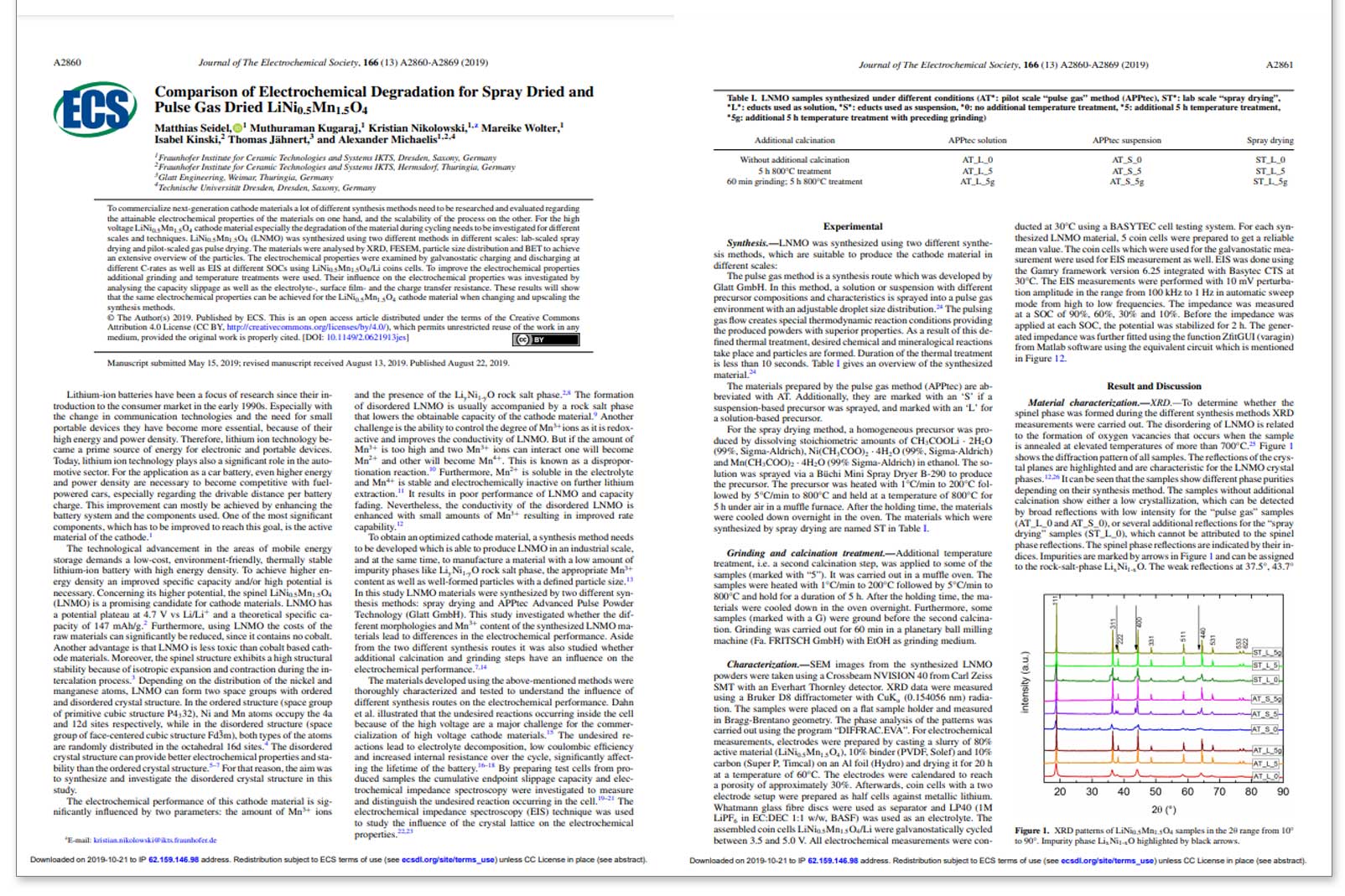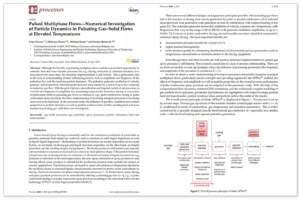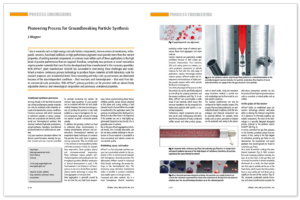Comparison of Electrochemical Degradation for Spray Dried and Pulse Gas Dried LiNi0.5Mn1.5O4
To commercialize next-generation cathode materials a lot of different synthesis methods need to be researched and evaluated regarding the attainable electrochemical properties of the materials on one hand, and the scalability of the process on the other. For the high voltage LiNi0.5Mn1.5O4 cathode material especially the degradation of the material during cycling needs to be investigated for different scales and techniques. LiNi0.5Mn1.5O4 (LNMO) was synthesized using two different methods in different scales: lab-scaled spray drying and pilot-scaled gas pulse drying.
- Authors:
Matthias Seidel (1), Muthuraman Kugaraj (1), Kristian Nikolowski (1), Mareike Wolter (1),
Isabel Kinski (2) , Thomas Jähnert (3), and Alexander Michaelis (1,2,4)
1 Fraunhofer Institute for Ceramic Technologies and Systems IKTS, Dresden, Saxony, Germany
2 Fraunhofer Institute for Ceramic Technologies and Systems IKTS, Hermsdorf, Thuringia, Germany
3 Glatt Ingenieurtechnik, Weimar, Thuringia, Germany
4 Technische Universität Dresden, Dresden, Saxony, Germany
- published in Journal of The Electrochemical Society, 166 (13) A2860-A2869 (2019)
The materials were analysed by XRD, FESEM, particle size distribution and BET to achieve an extensive overview of the particles. The electrochemical properties were examined by galvanostatic charging and discharging at different C-rates as well as EIS at different SOCs using LiNi0.5Mn1.5O4/Li coins cells. To improve the electrochemical properties additional grinding and temperature treatments were used. Their influence on the electrochemical properties was investigated by analysing the capacity slippage as well as the electrolyte-, surface film- and the charge transfer resistance. These results will show that the same electrochemical properties can be achieved for the LiNi0.5Mn1.5O4cathode material when changing and upscaling the synthesis methods.
Authors:
Matthias Seidel (1), Muthuraman Kugaraj (1), Kristian Nikolowski (1), Mareike Wolter (1),
Isabel Kinski (2) , Thomas Jähnert (3), and Alexander Michaelis (1,2,4)
1 Fraunhofer Institute for Ceramic Technologies and Systems IKTS, Dresden, Saxony, Germany
2 Fraunhofer Institute for Ceramic Technologies and Systems IKTS, Hermsdorf, Thuringia, Germany
3 Glatt Ingenieurtechnik, Weimar, Thuringia, Germany
4 Technische Universität Dresden, Dresden, Saxony, Germany
Further information on this topic and related topics can also be found in the following publications:
Published article: ‘Pulsed Multiphase Flows—Numerical Investigation of Particle Dynamics in Pulsating Gas–Solid Flows at Elevated Temperatures’ PDF, English
Published article: ‘Ceramic Raw Materials from the Pulsating Hot Gas Stream’ PDF, English
Published article: ‘New Battery Material by Powder Synthesis’ PDF, English
Published article: ‘Glatt Powder Synthesis – Pioneering Process for Groundbreaking Particle Synthesis’ PDF, English
Published article: ‘From Hot Gas Stream to Matt Finish by Glatt Powder Synthesis’ PDF, English







 Copyright: publish-industry Verlag GmbH
Copyright: publish-industry Verlag GmbH Copyright: Wiley-VCH Verlag GmbH & Co. KGaA
Copyright: Wiley-VCH Verlag GmbH & Co. KGaA